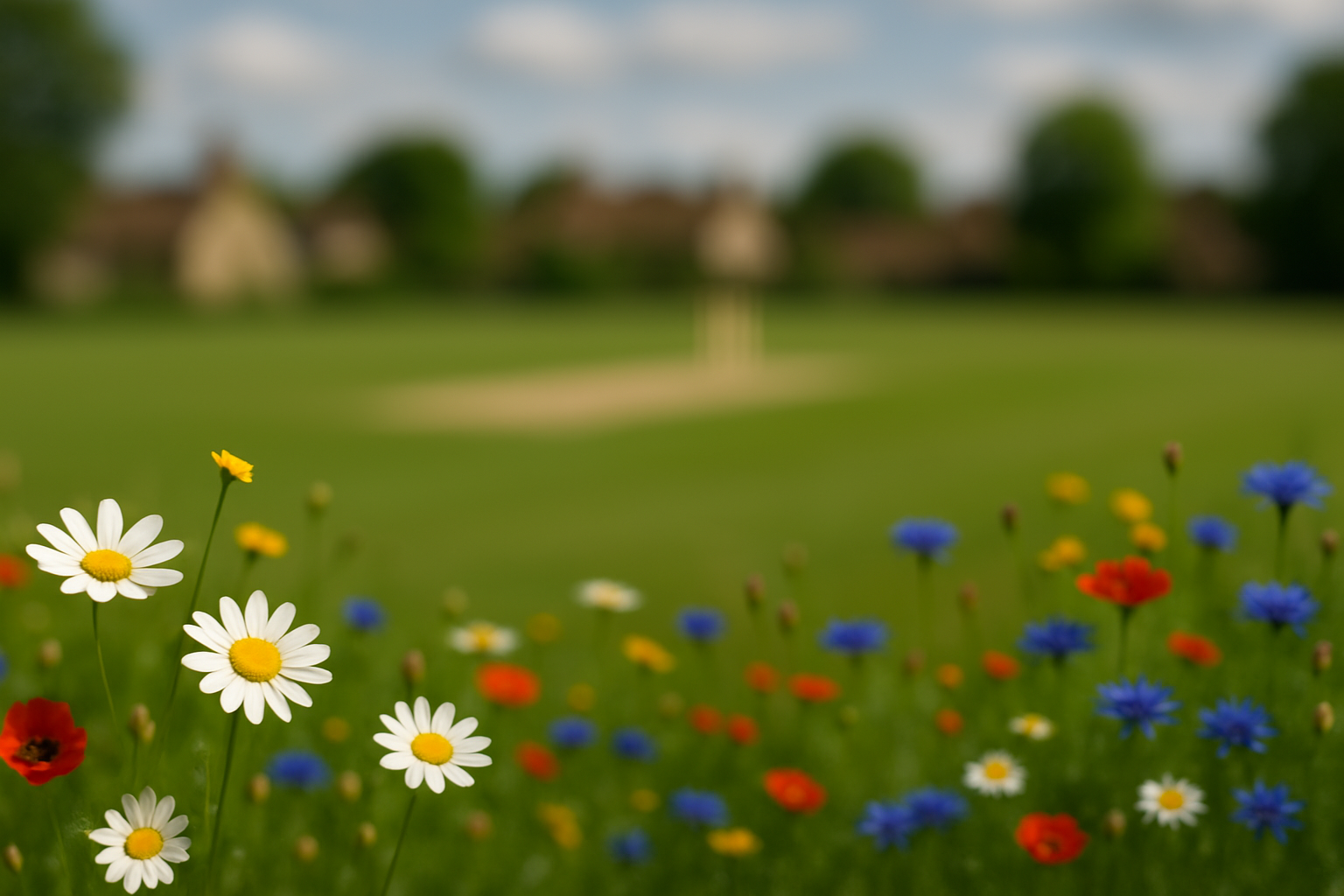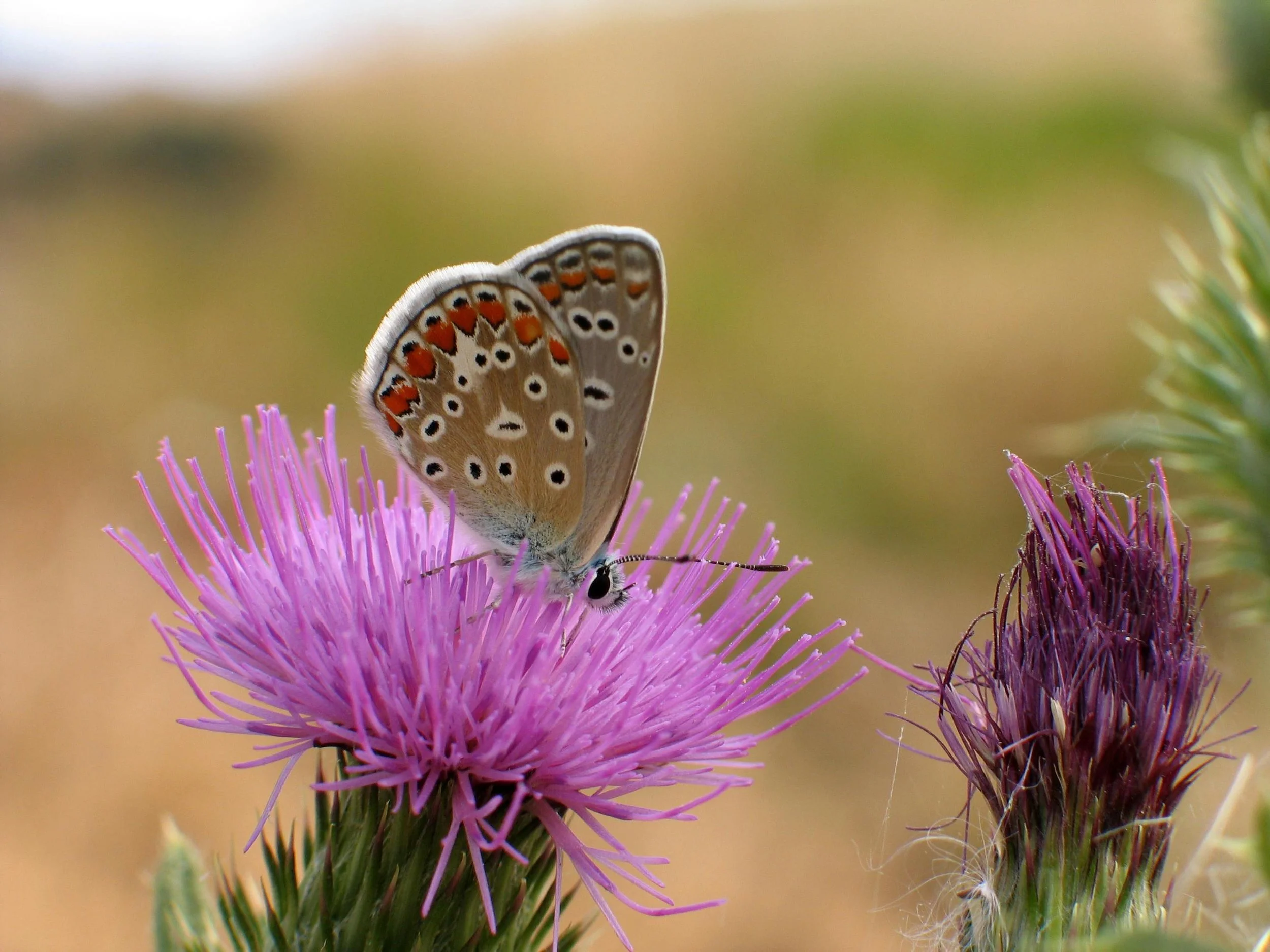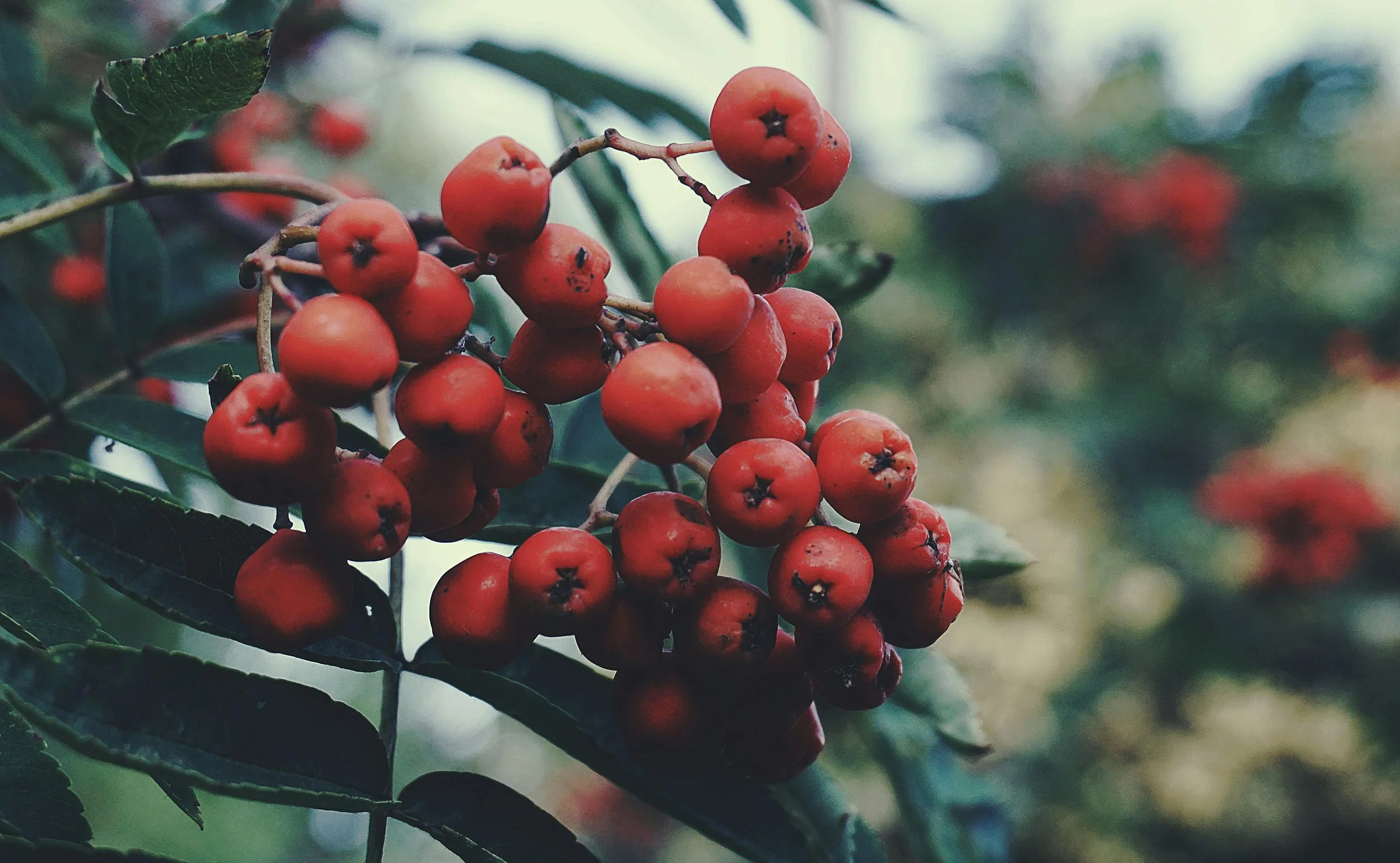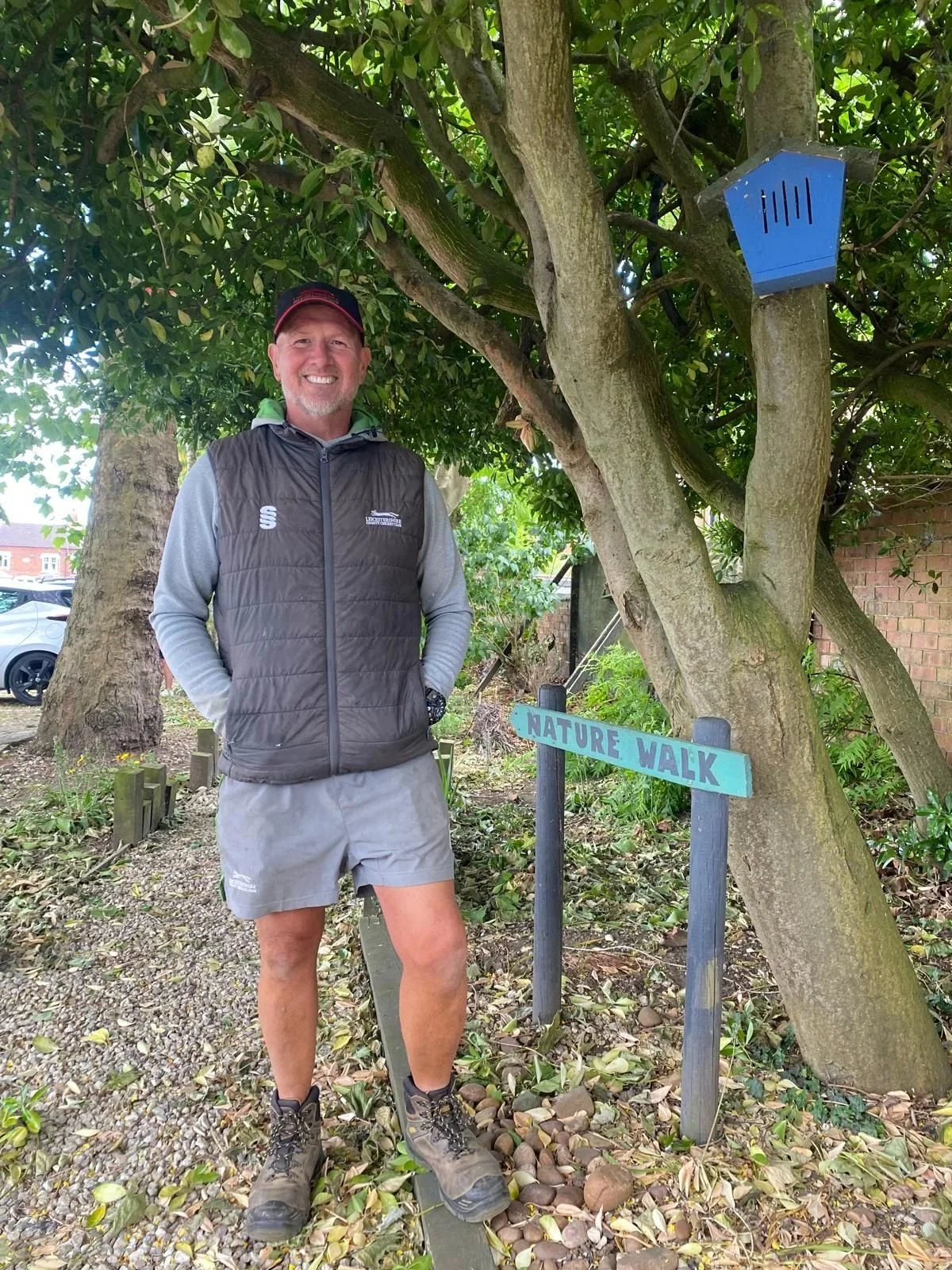Six of the Best: simple things to make your club more nature friendly
By Mark Cocker
Mark Cocker is an author, naturalist and cricket lover who writes regularly for the Guardian’s much-loved Country Diary column. Here he shares six great ideas he has seen while judging the winners of the Cricketer’s greenest ground competition. Entries for 2025 are now open!
1) Over the boundary
Grounds often have surplus space - edges, unused patches of open ground, around or near to the boundaries - and these areas don’t have to be controlled in the same way as the pitch and outfield. Simply leaving grass to grow allows for a much more complex physical environment. For small animals – worms, snails, insects such as grasshoppers and beetles, even amphibians and mammals – such entangled places are the equivalent of mini forests. Letting grass and other plants to develop and grow tall will make your ground edges more wildlife friendly.
2) Love your thistles
Better still, encourage certain plants to grow in these tall, unmown, edge spaces. Plants like nettles and thistles are great for all sorts of mini-beasts. Butterflies such as small tortoiseshell and peacock thrive in nettles. Because they have hollow stems, thistles attract an entire ecosystem of insects and other invertebrates that are in effect thistle specialists. If these plants are not suitable then umbellifers including common hogweed and cow parsley are fantastic sources of food for a whole range of insects especially crop pollinators including hoverflies, bumblebees and beetles. Buddleia bushes not only look beautiful, they are a major draw for butterflies and hoverflies. You can also sow the ground with a lovely native plant called yellow-rattle which reduces the vigour of the course grasses and allows other flowers such as oxeye daisies to move into your unmown margins. And, at the end of the season, you can cut and mow the wild flower patches, compost the cuttings, or spread them onto new ground as a source of vital seed, and leave it ready for the next season.
3) Make the most of your hedges
Sometimes cricket grounds have great field boundaries or hedges full of trees and bushes. Ground staff can make these attractive for wildlife by ensuring that the species of tree/shrub are all native – oak, elm, ash and field maple etc. Hawthorn, blackthorn, rowan and elder go one better because their flowers are often great for pollinating insects, the thickets provide bird nesting habitats, they look beautiful and then in autumn produce fruit and food for all manner of local wildlife including thrushes, starlings and warblers.
4) Bird and bat homes.
Bird and bat boxes can easily be erected on tall trees and can often be obtained free or at reduced prices from other local wildlife groups. Another valuable wildlife ‘residence’ is the so-called ‘bee hotel’ - assemblies of logs and twigs full of niches that are a great habitat for pollinating insects or composting invertebrates.
5) Build a green community
Cricket clubs often have indoor spaces that can be shared or made available to other likeminded local groups. These relationships are often reciprocal and can be a great source of volunteers for the club’s wider green projects. Local wildlife groups can be a source of expertise and guidance and can help to develop wildlife-friendly action plans. The cricket club and its facilities can become a social hub for the whole community, while bringing in much-need revenue
6) Human ecology
Pavillion roofs are often free of shade and/or face in directions suitable to capture sunlight. Some clubs have been able to audit their energy use, even installing EV power units, as well as solar panels and storage batteries. In tandem with these cost-saving policies, the best clubs are ending waste with recycling opportunities and car-sharing scheme for away matches.







